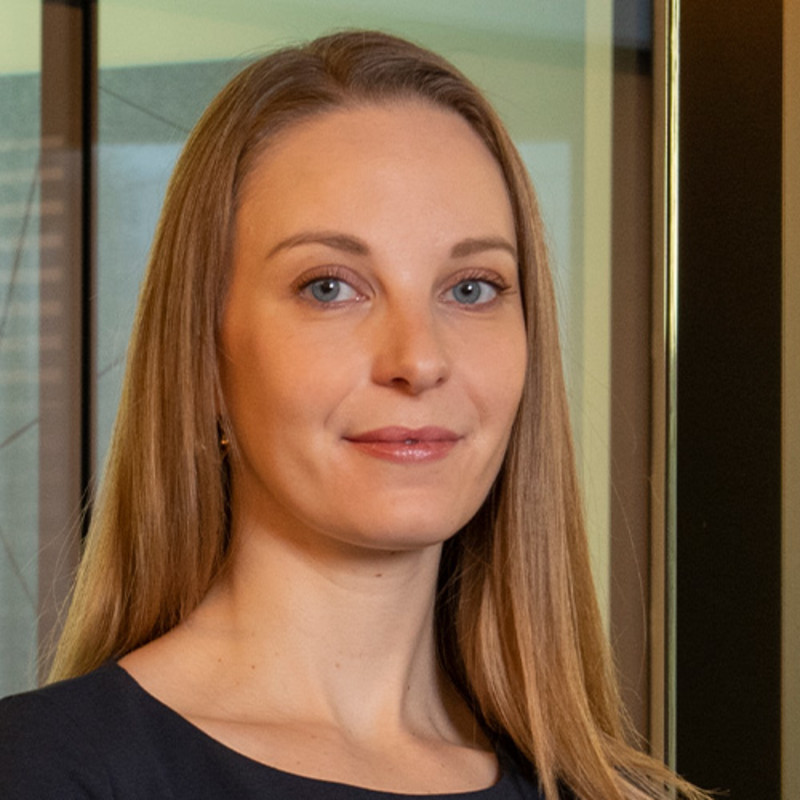Key points
- Unique focus on solutions that promote healthy lifestyles and well-being in combination with effective and efficient health care treatments
- Investing in structural winners along the entire healthcare value chain including efficiency of health systems, health prevention through more sustainable lifestyles and nutrition, as well as innovative treatments
- Strong support from changing consumer preferences, innovative therapeutics and health care efficiency solutions, including digital health
About this fund
Robeco Healthy Living is an actively managed fund that invests globally in companies that promote good health and well-being and contribute to an efficient healthcare system including also products or services linked to the prevention of disease via eating healthier diets, exercising regularly and reducing the spread of infectious diseases with hygiene measures. The selection of these stocks is based on fundamental analysis. The fund has sustainable investment as its objective, within the meaning of Article 9 of the Regulation (EU) 2019/2088 of 27 November 2019 on Sustainability-related disclosures in the financial sector. The fund's objective is also to achieve a better return than the Benchmark. The strategy integrates sustainability criteria as part of the stock selection process and through a theme-specific sustainability assessment. The portfolio is built on the basis of an eligible investment universe that includes companies whose business models contribute to the thematic investment objectives. The assessment regarding relevant SDGs uses an internally developed framework, more information on which can be obtained at www.robeco.com/si.
Key facts
| Total size of fund | EUR 197,995,938 |
| Size of share class | EUR 2,824,068 |
| Inception date share class | 29-10-2020 |
| 1-year performance | -13.61% |
| Dividend paying | Yes |
Fund manager
 David Kägi
David Kägi Alyssa Cornuz CFA
Alyssa Cornuz CFA



